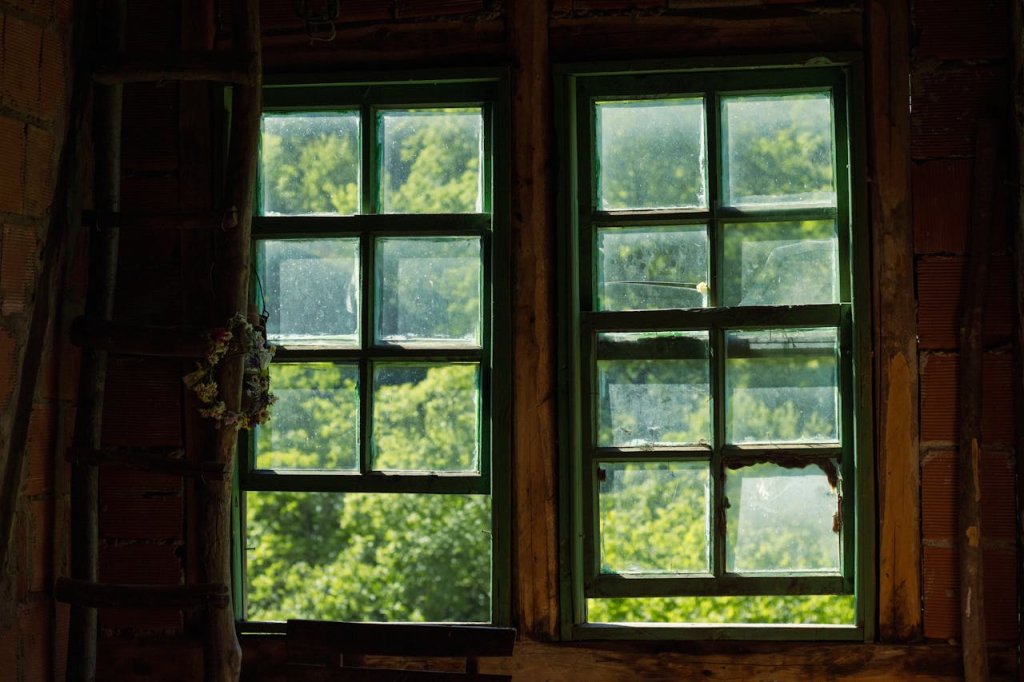Creating a beautiful home doesn’t have to come at the expense of our planet. More homeowners are discovering that sustainable interior design choices can transform their spaces while reducing their environmental footprint. The best part? Many eco-friendly updates are surprisingly simple to implement and deliver impressive results without requiring a complete renovation.
Start with What You Already Have
Before rushing to buy new items, take stock of what’s already in your home. Reimagining existing furniture through creative rearrangement can completely refresh a room’s energy. That bookshelf gathering dust in the guest room might be perfect for creating a living plant wall in your main living area. The dresser you’ve been meaning to replace could become a stunning piece with a coat of low-VOC paint in a contemporary color.
Repurposing furniture extends its life cycle and keeps perfectly usable items out of landfills. Consider reupholstering an old chair with organic fabric or refinishing a worn table with natural oils instead of chemical-laden finishes. These projects breathe new life into pieces while maintaining their character and keeping harmful materials out of your home environment.
Transform Your Space with Natural Textiles
Swapping out synthetic fabrics for natural alternatives makes an immediate difference in both aesthetics and air quality. Organic cotton, linen, hemp, and wool are renewable resources that feel luxurious while being gentle on the environment. These materials are breathable, durable, and free from the toxic chemicals often found in conventional textiles.
Replace polyester curtains with linen drapes that filter light beautifully while regulating temperature naturally. Switch throw pillows to ones filled with organic materials and covered in natural fibers. Even your area rugs can make a statement when you choose options made from jute, sisal, or responsibly sourced wool. These changes create warmth and texture while improving indoor air quality for your family.
Rethink Your Lighting Strategy
Lighting dramatically influences how we experience our homes, and making sustainable choices here pays dividends both environmentally and aesthetically. LED bulbs have come remarkably far, now offering warm tones that create inviting atmospheres while using a fraction of the energy of traditional incandescent bulbs. They last significantly longer too, reducing waste and replacement costs.
Beyond bulb choice, consider how your fixtures themselves contribute to sustainability. Installing modern pendant lighting crafted from reclaimed wood, recycled glass, or sustainably sourced metals adds artistic flair while supporting eco-conscious manufacturing. These statement pieces draw the eye upward, creating visual interest and ambiance without overwhelming a space. Position them strategically over dining tables, kitchen islands, or reading nooks to maximize both their functional and decorative impact.
Bring the Outdoors Inside
Indoor plants do double duty as natural air purifiers and living décor elements. Species like pothos, snake plants, and peace lilies actively remove toxins from indoor air while adding vibrant green tones that make spaces feel fresh and alive. Grouping plants at varying heights creates dynamic visual layers that rival any manufactured decoration.
Consider creating a dedicated plant corner with vintage containers or hanging planters made from natural materials. The organic shapes and ever-changing nature of living plants prevent rooms from feeling too static or sterile. They’re also remarkably forgiving and affordable, making them perfect for renters and homeowners alike who want impactful changes without permanent alterations.
Choose Paint and Finishes Wisely

When you’re ready to paint, selecting low or zero-VOC options protects your indoor air quality while delivering beautiful color. Traditional paints release volatile organic compounds that can cause headaches, respiratory issues, and long-term health problems. Modern eco-friendly paints perform just as well without these harmful emissions.
Natural plasters, lime washes, and clay paints offer unique textures that add depth and character to walls. These materials are breathable, helping regulate humidity naturally while creating surfaces that age gracefully rather than showing every imperfection. The initial investment often proves worthwhile as these finishes typically outlast conventional options.
Invest in Quality Over Quantity
Perhaps the most impactful environmental choice involves shifting from fast furniture to fewer, higher-quality pieces. Mass-produced items often use particle board, formaldehyde adhesives, and synthetic finishes that off-gas harmful chemicals. They’re also designed for short lifespans, creating ongoing waste.
Seeking out furniture made from solid wood, bamboo, or reclaimed materials means investing in pieces that will serve you for decades. While the upfront cost may be higher, the long-term value in durability, health benefits, and timeless style makes these purchases genuinely economical. Local craftspeople and vintage shops offer unique options that add character impossible to replicate with big-box store purchases.
The Ripple Effect of Small Changes
Environmental design isn’t about perfection or transforming your entire home overnight. Each thoughtful swap and intentional choice contributes to healthier indoor spaces and a lighter planetary impact. Start with one room or even one element, whether that’s switching to natural bedding, installing energy-efficient fixtures, or adding plants to your workspace.
These changes often inspire further improvements as you experience the benefits firsthand. Better air quality, reduced energy bills, and the satisfaction of aligning your living space with your values create momentum for continued positive action. Your home becomes a reflection of care for both personal wellbeing and environmental responsibility, proving that style and sustainability enhance rather than compromise each other.

